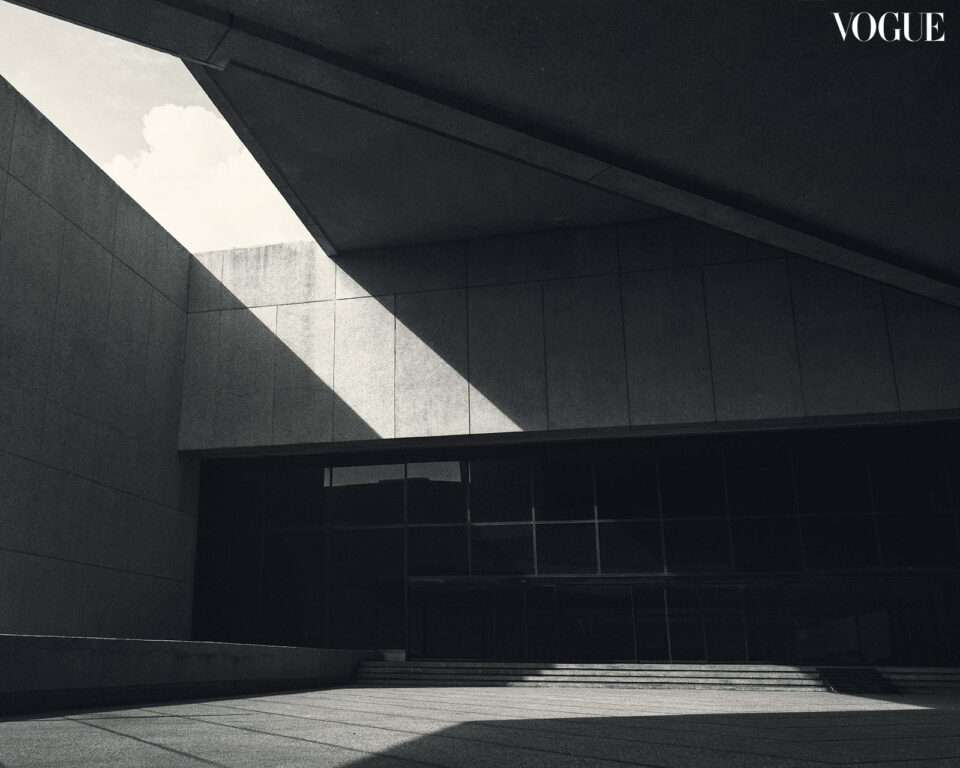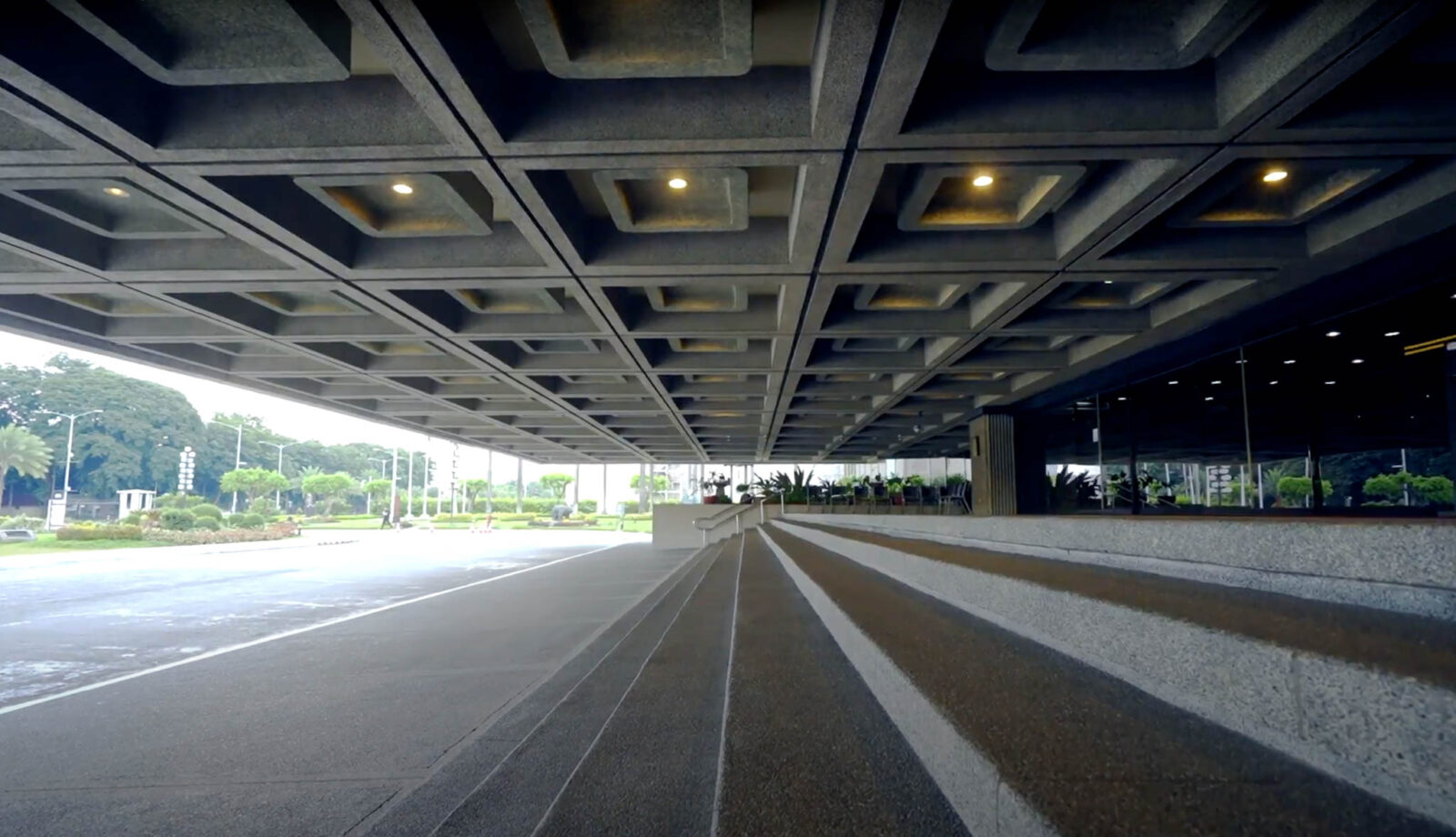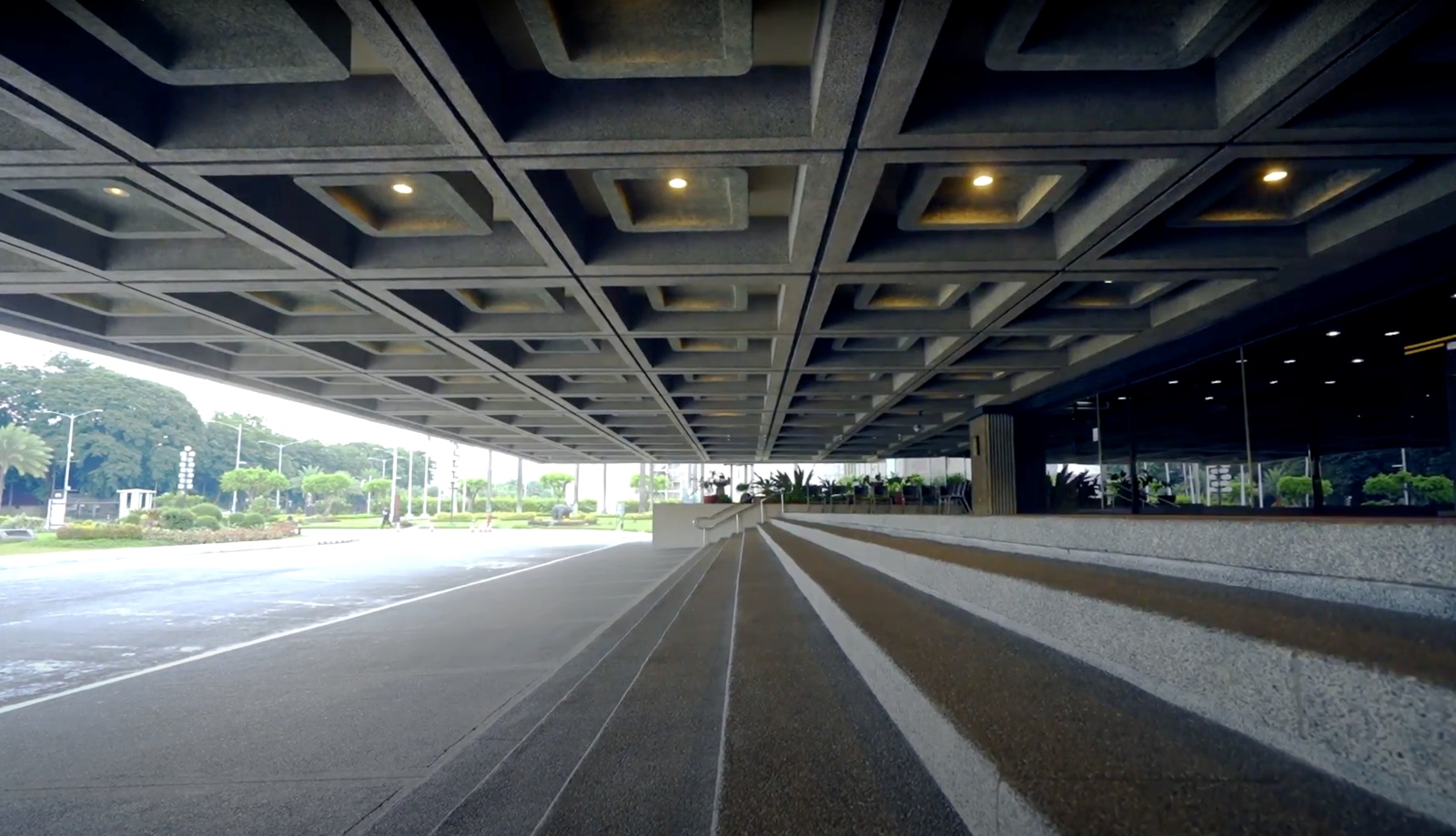Through ever-changing times and shifting trends, the Philippine International Convention Center continues to be a venue for creating memories for generations of Filipinos.
With its bare concrete walls and distinctive geometric lines and shapes, the Philippine International Convention Center (PICC) is intimidating at first glance. Its history is equally as intimidating; historical and cultural moments happened within its walls, such as the COMELEC Canvassing of the Presidential Snap Election in 1986, the 1994 Miss Universe pageant, and the 2017 ASEAN Summits. Daunting as it may seem, once you step inside it warmly welcomes you with bright lights, red carpets, and grand staircases. Then it hits you — this is the home for generations of Filipino stories.
It is a place where students receive their diplomas and professionals swear their oaths; a place where artists bare it all out on the stage, sharing their music, art, and performances passionately; where important conversations happen during international summits and conventions; where life is celebrated and intimate moments are made through weddings, anniversaries, and even religious gatherings.
When you leave the halls of PICC, you are touched by its history, heritage, and values, as well as the memories created inside the space. For 47 years, PICC has been providing unique experiences to all the guests who have walked through its doors. In celebration of its anniversary, PICC shares its story through the perspectives of Leandro “Andy” Locsin Jr, the Administrator and Design Consultant of Leandro V Locsin Partners; Paolo Valenciano, a live event producer and creative director; and Jeremy Barns, a National Museum director.
“When you walk into the building, and you approach those steps, you’re compressed by that overhang, by the cantilever. You feel that you’re being squeezed, and the moment you walk through the door, suddenly the space just explodes into the lobby. This modulation of compression and explosion is an architectural approach that brings incredible drama to a space,” describes Locsin Jr.
The complex has over 70,000 square meters of floor area, comprised of five building modules: the Delegation Building, Secretariat Building, Plenary Hall, Reception Hall, and The Forum— and no one knows it better than Locsin Jr. At a young age, he visited the prestigious structure which was designed by his father, National Artist for Architecture Leandro V. Locsin.
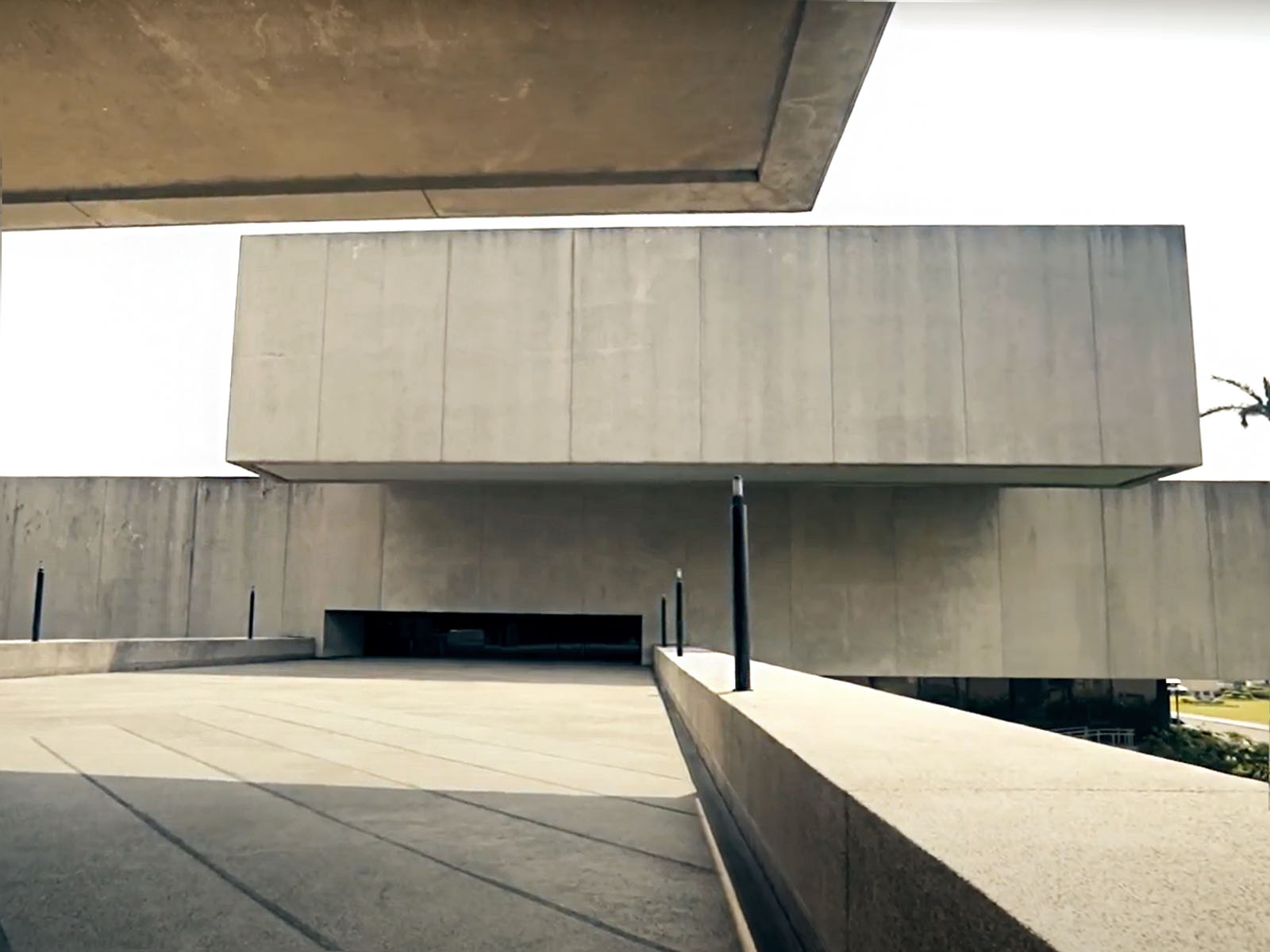
Meanwhile, Valenciano shares his own fond PICC memories. “I graduated here, so this place means something to me,” he says. From being a guest to becoming a live producer and creative director, Valenciano has an understanding of what makes the PICC a great venue for both attendees and event producers alike.
“Everything in the space as a whole is important to make sure that we give the audience a very specific experience that the producer or the client wants them to experience,” he says. “When somebody pitches (that this event) is gonna be at the PICC, there is a level of prestige to it. You know that it’s gonna be comfortable for us — the production — because one thing that I really appreciate about this place is that it is very comfortable for production people. There’s a lot of space, it’s pretty to look at, you’ve got art everywhere.”
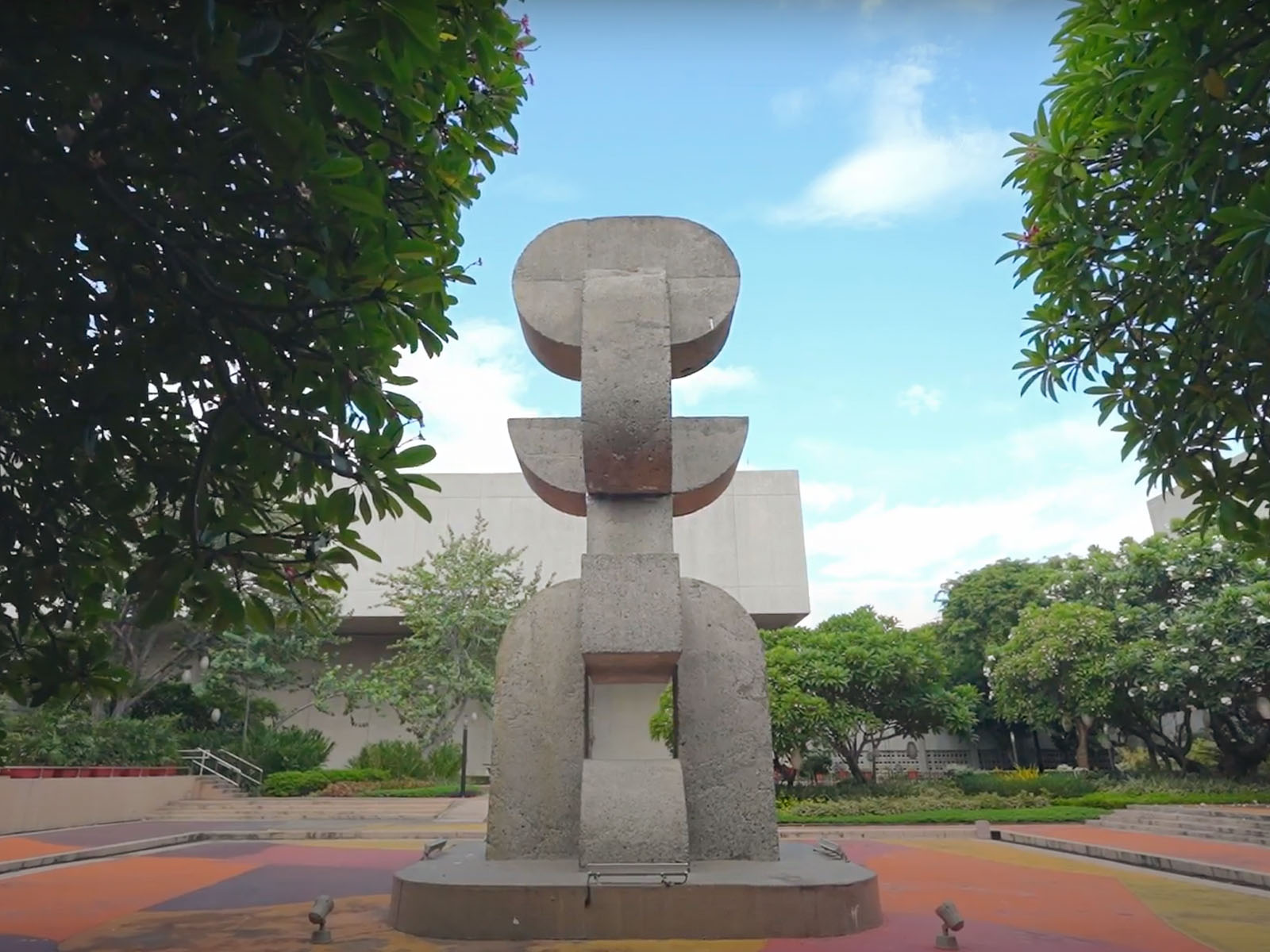
Art is indeed everywhere inside and outside of PICC. The building itself has been recognized as a National Treasure along with four pieces found in the convention center—“Pagdiriwang” by Jose Joya, “Anito” and “Grid” by Arturo Luz, and carved wooden furniture by Napoleon Abueva. Twenty sculptures are also present in the APEC Sculpture Garden (located on the front lawn of the Delegation building), with each sculpture representing a member economy of the Asia Pacific Economic Corporation.
As Barns fondly remarks, “Philippine art is certainly something that Filipinos can be proud of. One really noteworthy example of that is the Philippine International Convention Center.”
PICC has been the setting for generations of stories and it will continue to welcome more. Adapting to the ever-changing needs of its guests, the convention center has committed itself to expanding its offerings while staying true to its heritage and incorporating sustainable practices in its operations. Some of its recent developments are installing solar panels on roof decks and a new commercial building under construction behind the Secretariat Building.
As a home of Filipino artistic heritage, PICC will continue to be a platform for Filipino creatives to showcase their talents. In support of the local creative community, PICC guests can look forward to more cultural events and performances promoting Filipino talent and heritage, and learning activities on the prized artworks found within the complex.
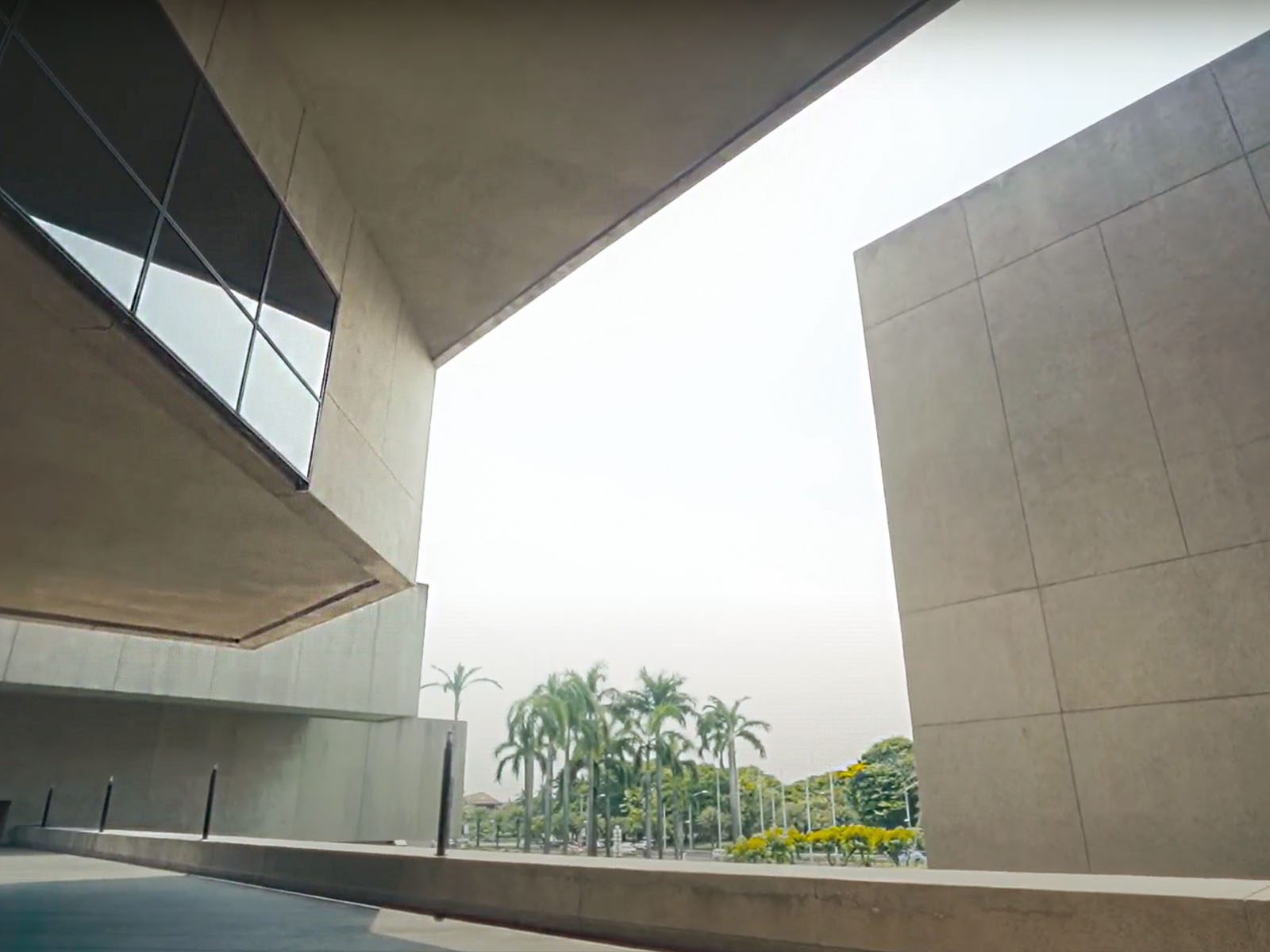
With its rich history, strong values, and committed vision, guests and event producers will always be drawn to the stories and possibilities that could happen within its walls. Reflecting on its 47 years, Barns sums up what makes PICC special. “It aimed to establish something truly international. And what is remarkable when it was inaugurated is still there, still impactful, powerful, and accessible,” he says. “We couldn’t present the PICC better than it already has.”
To learn more about the stories of Andy Locsin Jr, Director General Jeremy Barns, and Mr. Paolo Valenciano, you may watch the PICC Stories Youtube video and visit PICC’s official social media platforms or official website.


